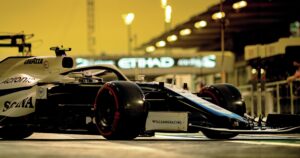F1 2021 season preview: sparks will fly
On the eve of a crucial season for F1, Mark Hughes analyses the possibilities and permutations of a championship that could bring plenty of friction on track and some strong challenges to the status quo
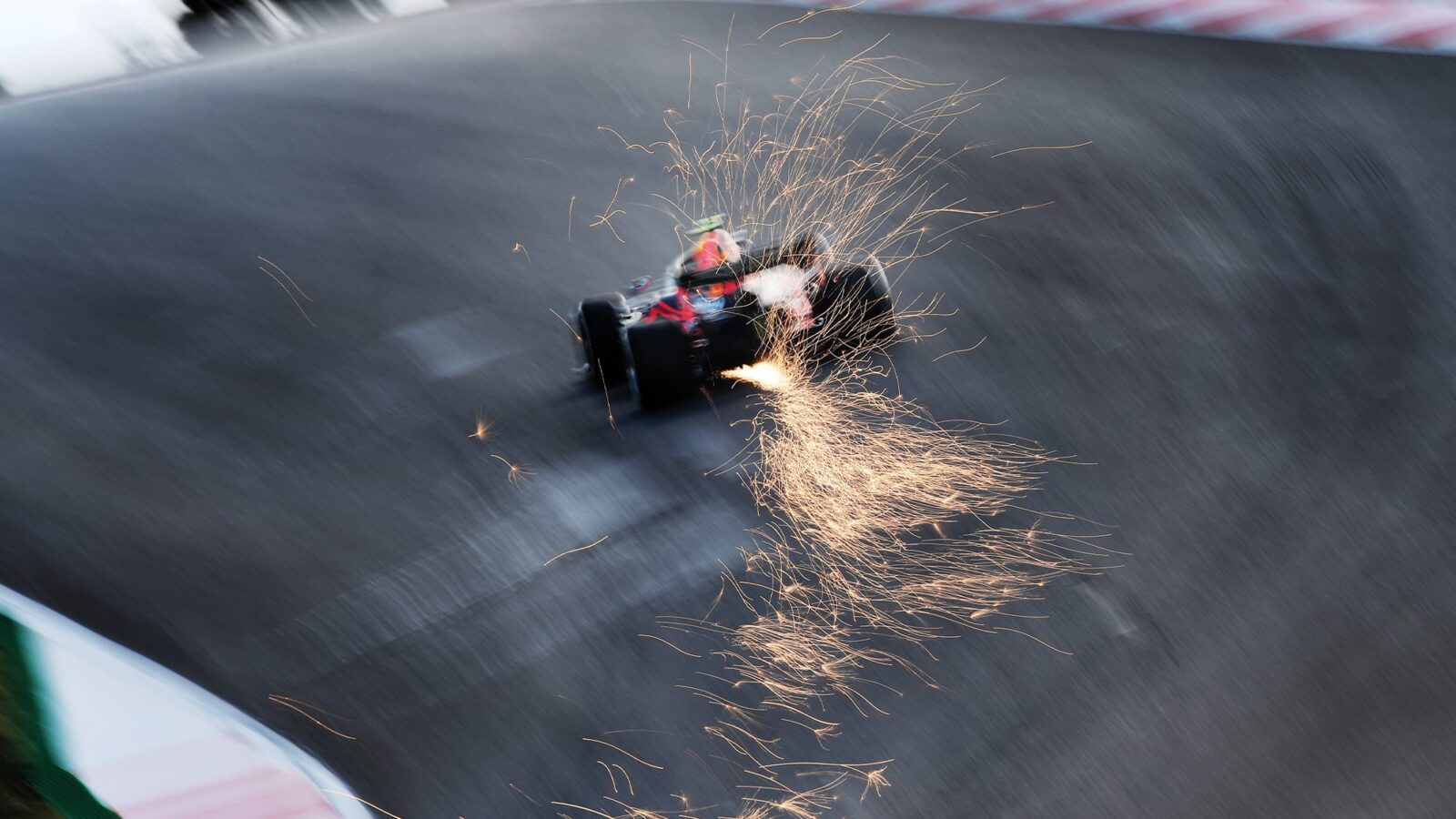
Although the pandemic has given the old Ecclestone-inspired era of F1 a year’s stay of execution for 2021 before Liberty’s full vision of the sport becomes real next year, this coming season is so much more than that. There are so many fascinating sub plots to play out in front of us even as huge structural changes are happening beneath the sweep of the radar in preparation for the brave new world.
The first part of that vision, the cost cap, comes into play this year though, and together with an aerodynamic tweak to the existing cars (the chassis of which must be retained from last year, as a cost-saving measure) defines quite a challenge for the teams, as Mercedes’ technical director James Allison recently explained. “The [2021] aero changes came relatively late in the year and have quite a significant impact on the cars’ performance. Much of our focus over the last weeks and months has been trying to understand what the effect of those changes have on the main flow fields around the car and how to try to find the performance that is lost when you adopt those regulations… At the same time we have a set of regulations that forces the budgets of the big teams down to meet that of the midfield and where we all basically have the same financial horsepower to go about prosecuting the championship… This season hasn’t even begun yet and we’re already starting to think very seriously about 2022 [which] brings a complete revolution in the technical regulations of the car. The sort of things we have seen for the last few seasons will be dead and gone at the end of this year, replaced by a new generation of car which has a completely different technical objective – to try and make the racing closer, by making the lead car damage the performance of the trailing car less. The change is so large and the cars so different that we are going to have to spend a large part of our technical resource during 2021 in order to make sure that we are ready… We are busy doing that in a world where we are cost capped, where we haven’t even started racing in ’21 and where we have to manage our total resource so we can have an effective campaign while also building for the future.”
“Mercedes are not perfect. We can find more performance than them”
On the subject of that future, Mercedes is looking to the season uncertain about the remaining duration of its partnership with its golden boy Lewis Hamilton. Months of speculation were hardly resolved by the announcement a few weeks ago that he had finally signed another contract with the team – but only for one year. Money was not the issue for the contract’s short duration, we understand. Rather, it was Hamilton’s own insistence. Which suggests he wishes to at least have the option of not continuing beyond this year. It’s not difficult to imagine a scenario where he calls it quits after securing a record-breaking eighth world title this year but if he fails to do that, he may continue in his search of it.
He is again partnered by Valtteri Bottas, who in four seasons at the team has never sustained a title challenge against Hamilton and who is therefore fighting for his frontline career this year, especially so after the sensational performance of George Russell at Sakhir as Hamilton’s stand-in. It seems almost a formality that Russell will be in Bottas’ seat for ’22 as his Williams contract ends. But what if there are two Mercedes seats to be filled for 2022?
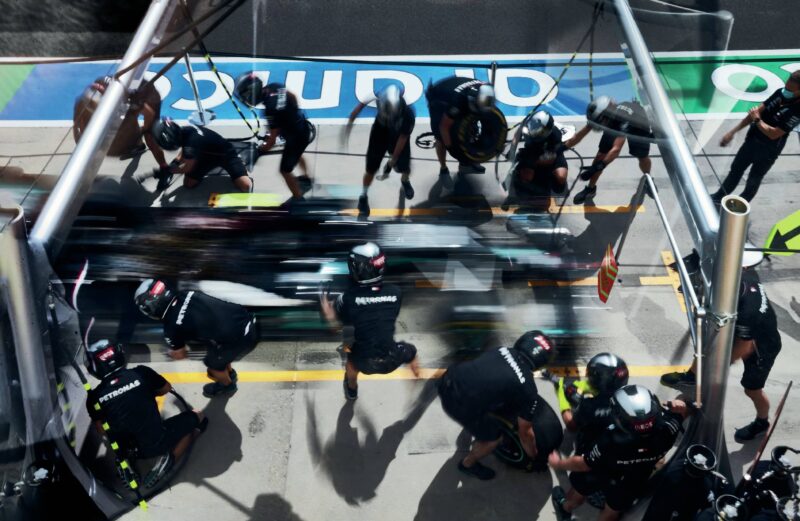
Is Mercedes truly beatable in the championship, especially after dominating for so long? Red Bull believes so, and that this year can be different
Grand Prix Photo
That presents a worry for Red Bull’s Christian Horner, who acknowledges the reality. “I’m sure that should Lewis decide to stop, then Max would naturally be the driver at the top of their list.” Technically, Verstappen has a Red Bull contract until the end of 2023 but, as ever, it’s not as straightforward as that. “There is an element of performance related to Max’s contract. I’m not going to go into it. It doesn’t relate to the power unit in any way, it’s just a binary performance at a certain measurement in time. As with all these things, though, to force a driver that doesn’t want to be there, it’s more about relationships than contracts.”
So it can be appreciated just what might be at stake here in 2021. On top of all the structural changes to come, sport-defining heavyweight new partnerships could well be formed from this season’s outcome.
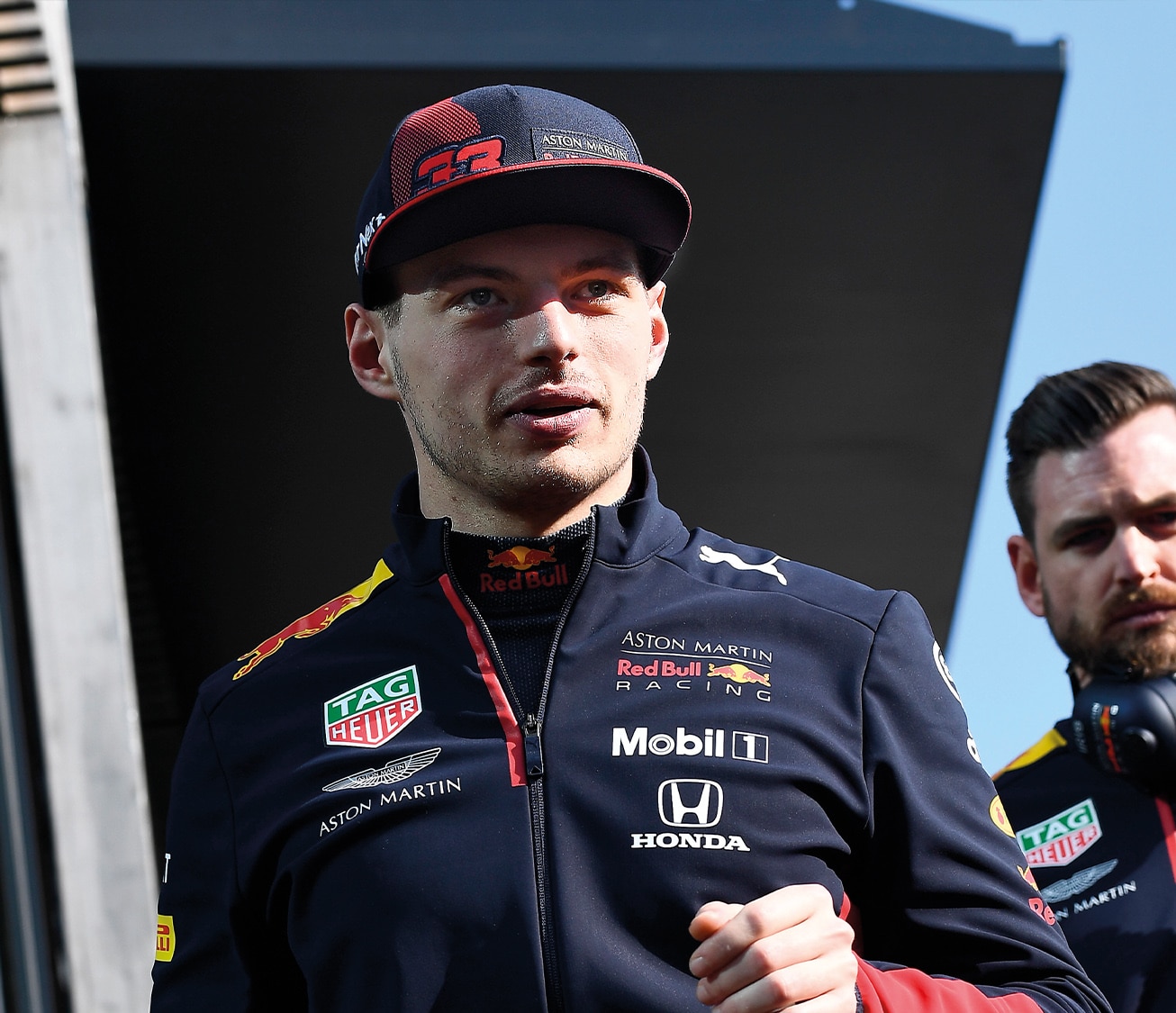
On paper it may seem preordained that Hamilton will prevail again. But Red Bull’s technical team has good reason to believe otherwise. Technical director Pierre Waché is adamant that the narrow nose/high rake combination of last year’s RB16 has greater potential than the low-rake Mercedes and that it simply took most of the season to fully identify and rectify some problems around it. “Last season we missed an opportunity because I think Mercedes were beatable. If we’d found what we find now on the car, we’d beat them. I’m hacked off with that. They did do a good job, to be fair, no DNF, etc. But they are not everywhere perfect and I think we can find more performance than them. They are beatable.”
“At Ferrari, the Leclerc-Sainz dynamic could be box office gold”
Brave words, and not said lightly. There is a real belief there. But whether the team will have the car to make any talk of Verstappen switching to Mercedes irrelevant will also depend upon the performance of Honda in its final season. The racing part of the organisation was naturally bitterly disappointed with the decision of the parent company to withdraw and that is a source of its motivation to go out in a blaze of glory. What was originally planned as the 2022 power unit has been brought forwards by a year and it’s said to be a very aggressive upgrade. This is the engine that will be produced as a ‘Red Bull’ power unit from ’22 onwards as the team transitions to being a full engine manufacturer. The specification of the power units will be frozen at the end of this season until the new power unit formula is introduced in 2025.
The stakes are therefore super-high for Red Bull this season. Just as it has made a multi-year commitment to becoming more than just a constructor but an engine producer too, it faces the possibility of losing, in Verstappen, one of the very few drivers possessed of that special something extra if Hamilton retires. With Charles Leclerc under long-term lock and key at Ferrari and Russell aligned with Mercedes, it begs the question of where Red Bull would look for a replacement. New recruit Sergio Pérez will surely deliver the sort of solid Verstappen support job the previous few junior Red Bull drivers have been unable to, and watching his performance in that role is going to be one of the intrigues of ’21. But Verstappen brings something the team can ill afford to lose.
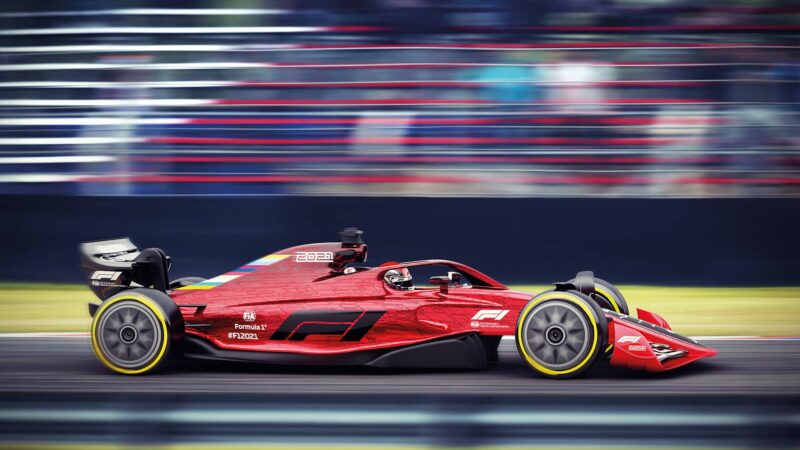
F1’s illustration of what the new regulation cars could look like. The technical overhaul has been delayed due to Covid
For a driver of Verstappen’s level to be going into his seventh season still not having had an opportunity in a title-contending car is an indictment of the competitive stasis of F1 that the ‘Liberty regulations’ of ’22 have been conceived to end. Similarly, Charles Leclerc is a driver of obvious championship calibre, but being able to reach his potential is totally dependent upon his team’s ability to produce a competitive car. Ferrari should be able to make a big step up from last year when it suffered a late-notice loss of a whole heap of horsepower. There is a virtually all-new power unit for this season, one which team boss Mattia Binotto is confident will be ‘very competitive’. The technical team feels, furthermore, that the ’21 regulations limiting the floor area will help it relative to Mercedes and Red Bull. If Ferrari could somehow get back to the point it had reached in 2017-18 of having Mercedes-matching performance, it now has arguably a stronger driver pairing in Leclerc and Carlos Sainz to exploit it.
Sainz at Ferrari is another part of the season’s fascinating dynamic. He’s been recruited as a good support to the superstar Leclerc. But he’s going in there with the confidence of being able to fight for victories and championships in the future. If Ferrari can bounce back from its tech directives-blighted season, the Leclerc-Sainz dynamic could be box office gold. As could be…
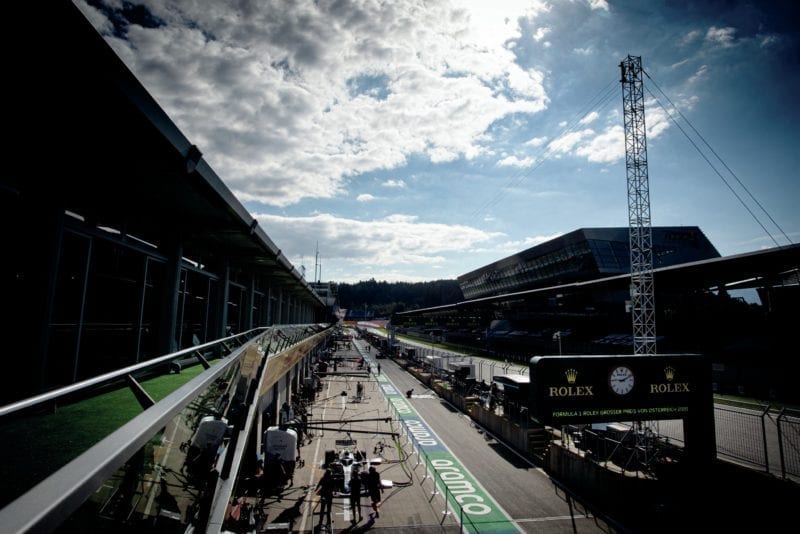
Many of the cars may be carried across from last season, but some key changes mean the competitive order could be shuffled
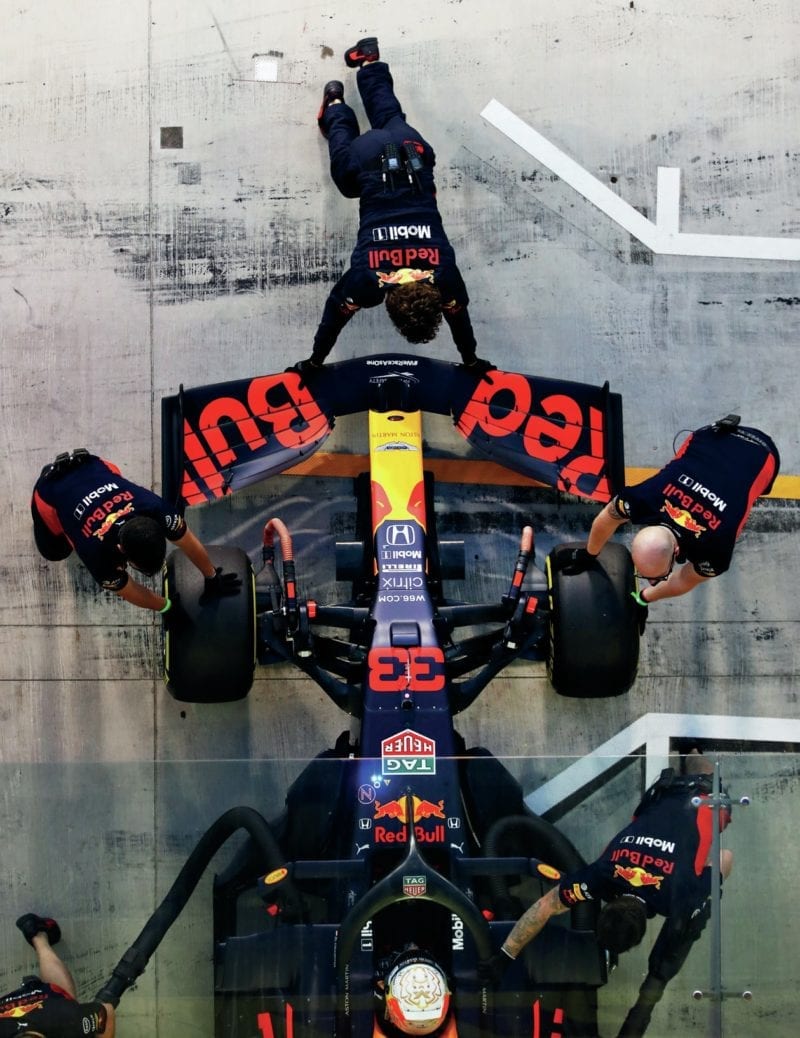
Red Bull took a long time to understand its new design, but is now reaping the rewards
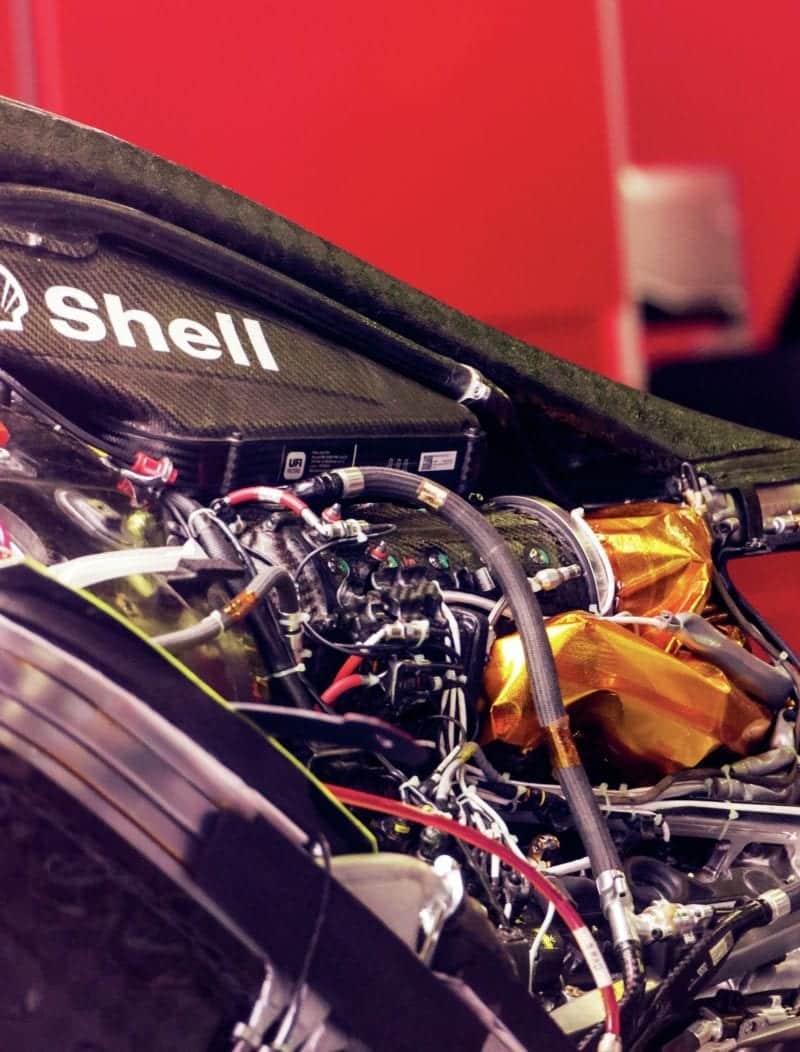
Last year an underpowered engine was Ferrari’s downfall. This time that shouldn’t be the case
McLaren-Mercedes, Daniel Ricciardo and Lando Norris
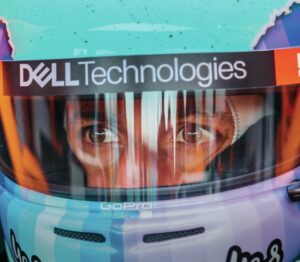
Plugging what has been the best power unit of the last few years into a team which finished third last year with Renault power sounds promising. The switch of power unit provider has also uniquely allowed chassis changes not permitted elsewhere. But the challenge of even retaining that third place will surely be intense given the expected improvement in Ferrari performance, the rise of Aston Martin (formerly Racing Point) and the return of Fernando Alonso at Alpine (formerly Renault). But having Daniel Ricciardo newly on side to help it fight that battle is gold dust. This is the other championship-calibre driver who has never sat in a car to give him a sniff of that. At 31 years old, the Italian-Australian surely has to be looking at the move to McLaren being his final one, and therefore he’s reliant upon the team becoming one of the top competitors into the new era if he’s ever to be able to fight for that crown.
Although the cost cap has brought the top teams down to McLaren levels of spend, it would be unrealistic for this to be immediately reflected in performance. This is a team still on a journey towards the front but has been making all the right moves recently. Lando Norris has already delivered some terrific peaks in his short Formula 1 career to date and should now be fully armed to go up against Ricciardo. How he compares in that will determine his long-term status and is yet another source of intrigue offered by this season.
Aston Martin and Vettel

Indeed, given that the team was only coming to grips in fully understanding what was someone else’s design last year, it should be able to squeeze more from it now that it’s more fully informed. In addition, it gets the radical rear suspension from 2020’s Mercedes this time around, a feature which was worth a lot of aerodynamic performance on last year’s Merc W11 over the W10 on which the Racing Point was based.
This is all part of Lawrence Stroll’s fast lane route to making the Silverstone-based team a championship contender in the new Liberty era. As is the recruitment of fourtime world champion Sebastian Vettel. Seb was mentally destroyed by his final couple of seasons at Leclerc-era Ferrari. In the more cosseting environment of a team that wants him and is depending upon him, and in a Mercedes-type car inherently more stable and therefore more appropriate to his driving style, might we see the old Vettel form re-emerge? It would be wonderful to see and would form a good barometer for Lance Stroll to be gauged against.
The return of Fernando Alonso
A broken jaw in a cycling accident was hardly the ideal preparation for Fernando Alonso’s comeback, pushing 40 years old and after two seasons away from F1.
But that’s unlikely to deflect his extraordinary intensity in proving the doubters wrong. In the days after the Abu Dhabi Grand Prix he lapped the car faster than it had been qualified when every other team was slower. This on top of the extraordinary lap times he achieved when demonstrating his old 2005 V10 Renault (Daniel Ricciardo: “Wait. He got into the 39s? No! Really?”) suggest he’s lost nothing of his raw pace.
The questions are more likely to be around what progress the Enstone team (Alpine being its fifth identity after Toleman, Benetton, Renault and Lotus) has been able to make in attaining a more consistent performance over all types of track than last year. Like Ricciardo at McLaren, Alonso is relying on this team being able to compete with the best once the new regulations designed to reduce the performance difference between the cars – and therefore enhancing the importance of the driver’s skill – come into full effect. This is the foundation season for that, but it might be a rocky ride. Esteban Ocon, having been eclipsed by Ricciardo, cannot afford for Alonso to repeat that.
The wildcard Tsunoda
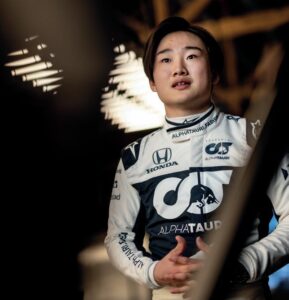
The progress of Williams
